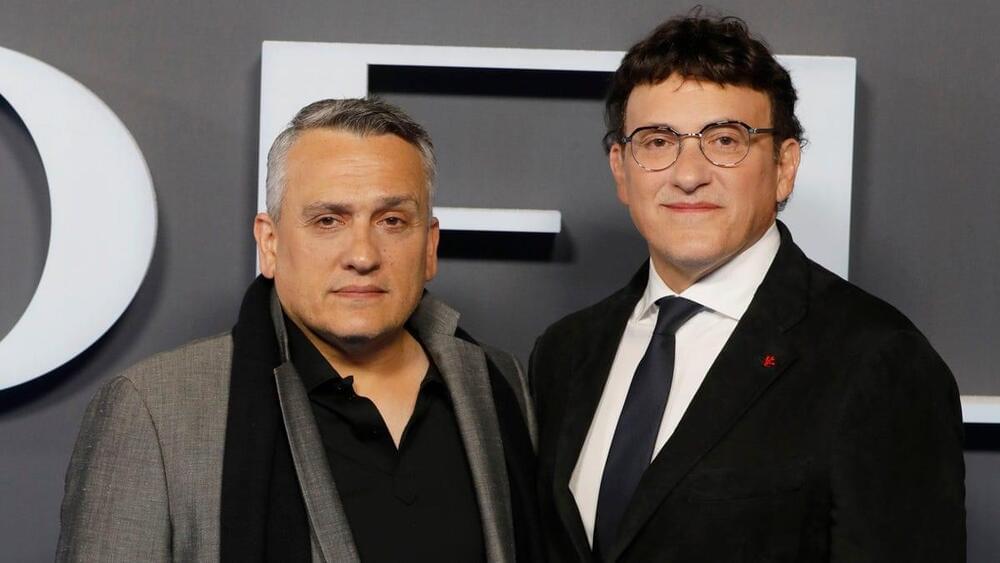The possibility of the Sun causing catastrophic damage on Earth might seem something out of a science-fiction film, but this threat is very true. One of the best examples of Solar activity harming Earth was provided by the Roland Emmerich film 2012. It depicted the apocalypse prophesied by the Mayans many centuries ago. The storyline of the movie revolved around the Sun emitting unstable neutrinos because of anomalous energy processes, which were causing the Earth’s core to heat up and eventually lead to its destruction.
Although the ‘science’ part of the film was a bit over the top, the threat posed by the Sun could cause significant damage on Earth, and a recent solar flare impact gave us a hint of the Sun’s mighty power.
According to a report by spaceweather.com, a Reversed-polarity sunspot, given the designation AR3296, exploded on the Sun, blasting out dangerous solar flares directly towards Earth yesterday, May 7. Forecasters at NASA’s Solar Dynamics Observatory (SDO) revealed that this explosion on the solar surface produced a M1.5-class solar flare which lasted for a substantial amount of time.





